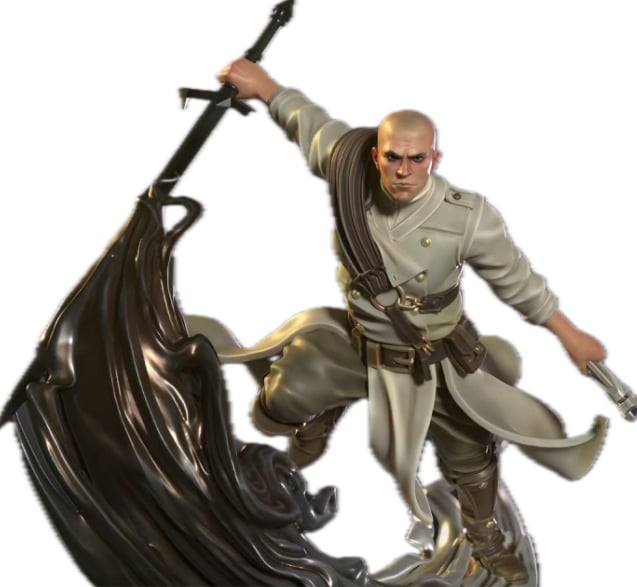Is it running Klipper or something else?
In Klipper I have my controller board fan set to speed up only when there’s any active heaters or stepper drivers?
E.g. fires up only when moving/heating or printing but not when idle. Even then it’s set to a reasonable 80% threshold.










Here’s what that looks like for me. Basically a controller_fan configured to kick off with the steppers.
#Case fan for cooling when heating bed [controller_fan controller_fan] pin: YOUR_FAN_PIN_HERE heater: heater_bed stepper: stepper_x,stepper_y,stepper_z heater_temp: 40.0 fan_speed: 0.8 shutdown_speed: 1.0 kick_start_time: 0.5